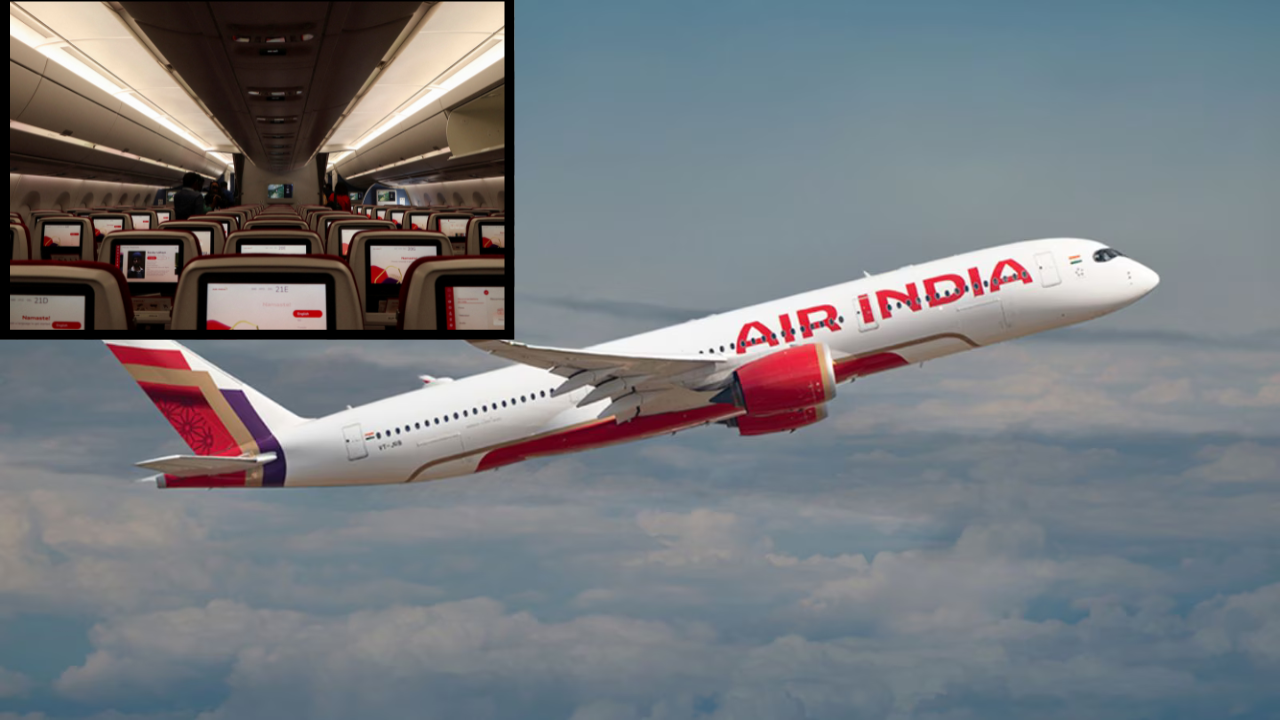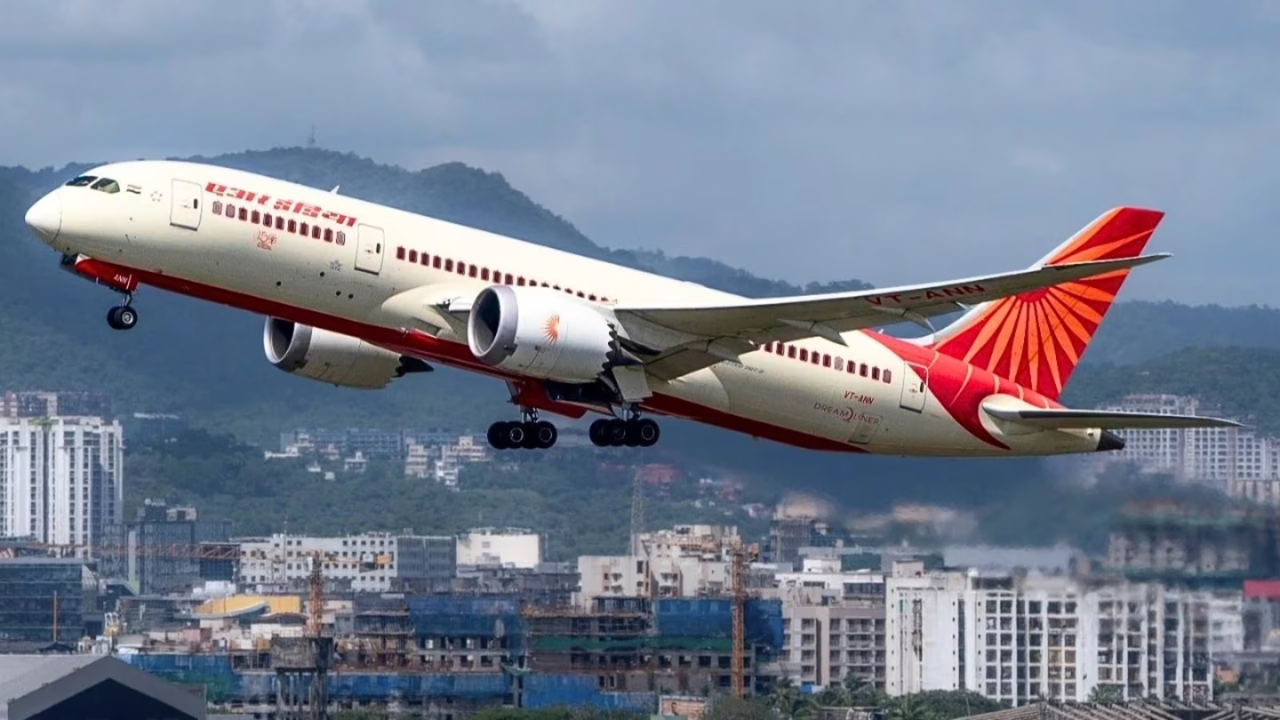 English
English

After Air India flight AI-117’s emergency Ram Air Turbine (RAT) deployed unexpectedly during landing at Birmingham, India’s aviation regulator DGCA demands a detailed report from Boeing and urges thorough inspections to prevent future safety emergencies?

Air India flight AI-117's RAT deployed unexpectedly at 400 ft.
Amritsar: On October 4, Air India flight AI-117, a Boeing 787-8 flying from Amritsar to Birmingham, experienced an unexpected deployment of the Ram Air Turbine (RAT) at just 400 feet altitude during landing. The emergency system, designed to provide backup power during critical failures, activated without command. Fortunately, the flight crew reported no anomalies, and the aircraft touched down safely with no incidents.
The Directorate General of Civil Aviation (DGCA), India’s aviation regulatory body, immediately launched an investigation into the incident. They have formally requested Boeing to provide a comprehensive report detailing the root causes, preventive measures, and any related global incidents reported in the Boeing 787 fleet. The focus is especially on the Power Conditioning Module (PCM), which was recently replaced on the affected aircraft.
Supreme Court calls Air India crash preliminary report ‘irresponsible,’ Seeks DGCA response
The DGCA has instructed Air India to perform a thorough reinspection of the RAT stowage system on all Boeing 787 aircraft where the PCM replacement was done recently. The agency is also demanding a detailed review of the maintenance work carried out during the aircraft’s recent 'D' check to ensure all procedures were correctly followed without discrepancies.
A senior DGCA official stated, “We have requested Boeing to submit a detailed report covering preventive steps, global data on similar uncommanded RAT deployments, and all service difficulty reports linked to PCM changes.” This underlines the regulator’s commitment to addressing any systemic issues promptly to maintain the highest safety standards.
Boeing has confirmed that all maintenance activities related to the RAT deployment on flight AI-117 were completed without any detected faults, and the aircraft was cleared to return to service shortly after the incident. According to official sources, the plane resumed operations and flew back to Delhi on October 5, 2025.
Despite this, the DGCA remains cautious and is actively pursuing further investigations to pinpoint the exact cause of the unexpected RAT activation. The RAT serves as a critical safety device, providing emergency power when regular systems fail, so its uncommanded deployment raises important safety concerns that demand thorough scrutiny.

Uncommanded RAT Deployment on AI-117 Sparks Investigation.
This latest incident reignites concerns following the tragic Air India Flight 171 crash, which underscored the vital importance of stringent safety protocols. After the 171 crash, aviation authorities intensified oversight and maintenance checks across Air India’s fleet, particularly on aging aircraft and complex systems like the RAT and PCM.
The unexpected RAT deployment on AI-117 reinforces why such rigorous safety priorities remain crucial. Aviation regulators and operators alike are committed to preventing repeat incidents and safeguarding passenger confidence through robust preventive measures and timely interventions.
Air India plane makes emergency landing due to engine fire indication
The DGCA’s probe into this uncommanded RAT deployment aims to ensure that similar incidents are minimized or eliminated entirely. With Boeing’s cooperation and Air India’s compliance on reinspection and maintenance reviews, the aviation community is focused on learning lessons and implementing corrective actions swiftly.
The incident highlights the complexities of modern aircraft systems, where even small technical anomalies require immediate and transparent responses to maintain trust and safety in commercial aviation.